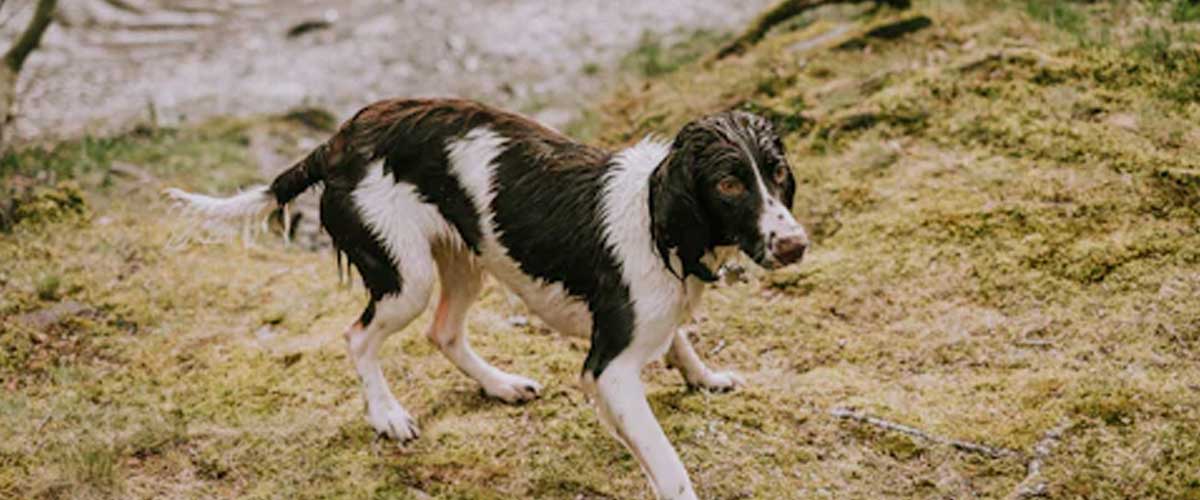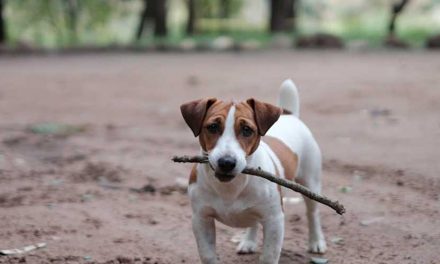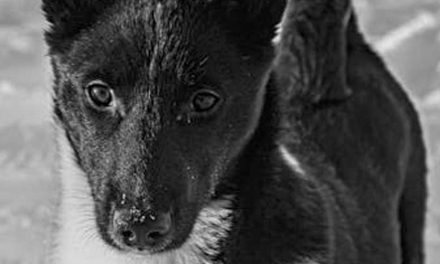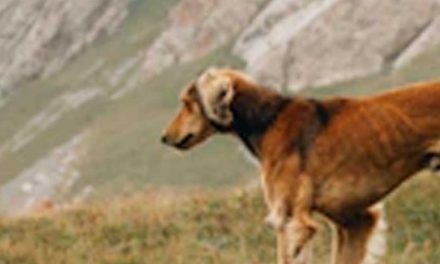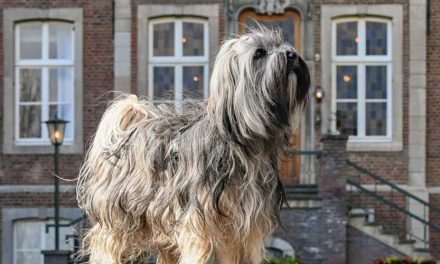The Berner Niederlaufhund, also known as the Bernese Mountain Dog or Bernese Niederlaufhund, is a captivating breed that shines with charm and character.
Originally bred in the picturesque landscapes of Switzerland, these dogs are known for their adaptability, intelligence, and affectionate nature.
Origins and History
The Berner Niederlaufhund is one of the four Swiss Sennenhund breeds.
Traditionally utilized as a working dog on farms, they were employed for herding cattle, pulling carts, and guarding property.
Their intelligence and strong work ethic made them invaluable companions to farmers and rural families.
Over the years, they have evolved from rugged working dogs to loving family pets, while still maintaining their strong instincts and robust health.
Physical Traits
These dogs are notable for their striking appearance.
With a thick, double coat that features a tri-color pattern—black, white, and rust—the Berner Niederlaufhund is as beautiful as it is functional.
They typically have a sturdy build, with males standing about 25 to 28 inches tall and females measuring slightly smaller.
Their expressive eyes and friendly demeanor make them incredibly appealing.
Their coat requires regular grooming to keep it in good condition.
While they shed year-round, they have a heavier shed during seasonal changes, so consistent brushing is essential to minimize loose hair and maintain skin health.
Temperament
The Berner Niederlaufhund is known for its gentle and calm temperament.
They are affectionate, loyal, and often form strong bonds with their families.
These dogs are renowned for their friendly nature and typically get along well with children and other pets, making them wonderful family companions.
While they possess an innate protective instinct, they are generally not aggressive.
Their demeanor leans towards being sociable and welcoming, often enjoying the company of friends and strangers alike.
Early socialization and training are essential to harness their natural curiosity and energy positively.
Exercise and Training
These dogs are active and require regular exercise to keep them healthy and happy.
Daily walks, playtime, and opportunities to run freely will help to channel their energy.
Failing to provide sufficient exercise can lead to boredom and behavioral issues.
Training should be consistent but gentle, as Berner Niederlaufhunds respond well to positive reinforcement methods.
They are intelligent and eager to please but can also exhibit a stubborn streak, so patience and perseverance are key in training sessions.
Health Considerations
Like many larger breeds, the Berner Niederlaufhund is prone to certain health issues, including hip dysplasia, elbow dysplasia, and certain types of cancer.
Regular veterinary check-ups, a balanced diet, and healthy lifestyle choices are essential for a long, fulfilling life.
The average lifespan of this breed is around 7 to 10 years, and responsible breeding practices can help mitigate some health concerns.
Conclusion
The Berner Niederlaufhund is more than just a beautiful breed; it is a loyal companion that thrives in a family setting.
Their versatility and friendly disposition make them ideal pets for both active households and those looking for a gentle, loving dog.
With proper training, socialization, and care, the Berner Niederlaufhund can be a devoted member of your family for many years to come.
If you’re considering adding a dog to your home, this breed is certainly worth exploring for its unique blend of beauty, friendliness, and loyalty.

